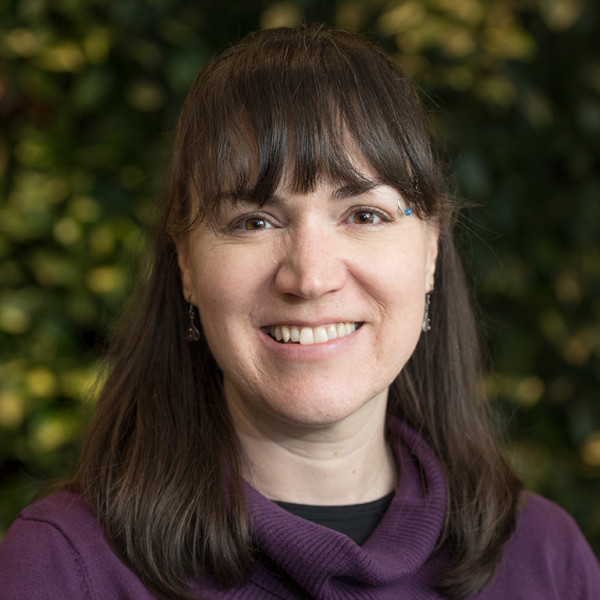Associate Professor of Teaching
About
Role:
FacultyPosition:
- Associate Professor of Teaching
- Director of Undergraduate Studies
Concentration:
- Intersectionality
- Race
- Gender
- Community
- Place
Department:
- Sociology
Education:
- PhD
Biography
Elena Windsong is an Associate Professor of Teaching for the department of sociology. She received her M.A. in Sociology from Colorado State University and her Ph.D. in Sociology from the University of New Mexico. Her research interests examine issues of community, place, intersectionality, race, and gender. Her teaching interests include general sociology, research methods, sociology of intersectionality, sociology of race, and sociology of gender.
Publications
Opsal, Tara, Elena Ariel Windsong, and Laurence Pedroni. 2023. “From Here to There: Using Required Courses to Expand First-Generation Mentorship Accessibility.” Teaching Sociology 51(3): 218–230 https://doi.org/10.1177/0092055X231174513
Windsong, Elena Ariel. 2021. “White and Latino Differences in Neighborhood Emotional Connections and the Racialization of Space.” Sociological Focus 54(3): 167-185 DOI: 10.1080/00380237.2021.1920080
Windsong Elena Ariel. 2019. "Neighborhood Activities and Motherhood: Gendering the Systemic Model of Community." The Social Science Journal 56(3): 305-315. DOI: https://doi.org/10.1016/j.soscij.2018.08.003
Nowacki, Jeffrey S. and Elena A. Windsong. 2019. “Structural Gender Equality and Federal Sentencing Outcomes: A Test of the Ameliorative and Backlash Hypotheses” Feminist Criminology 14(1): 45-64. DOI: 10.1177/1557085117694083
Windsong, Elena Ariel. 2018. “Incorporating Intersectionality into Research Design: An Example Using Qualitative Interviews.” International Journal of Social Research Methodology. 21(2): 135-417. DOI: 10.1080/13645579.2016.1268361
Windsong, Elena Ariel. 2014. “Insights from a Qualitative Study of Rural Communes: Physical and Social Dimensions of Place.” Society & Natural Resources 27(1): 107-116.
Windsong, Elena Ariel. 2010. “There Is No Place Like Home: Complexities in Exploring Home and Place Attachment.” The Social Science Journal 47 (1): 205-214.
